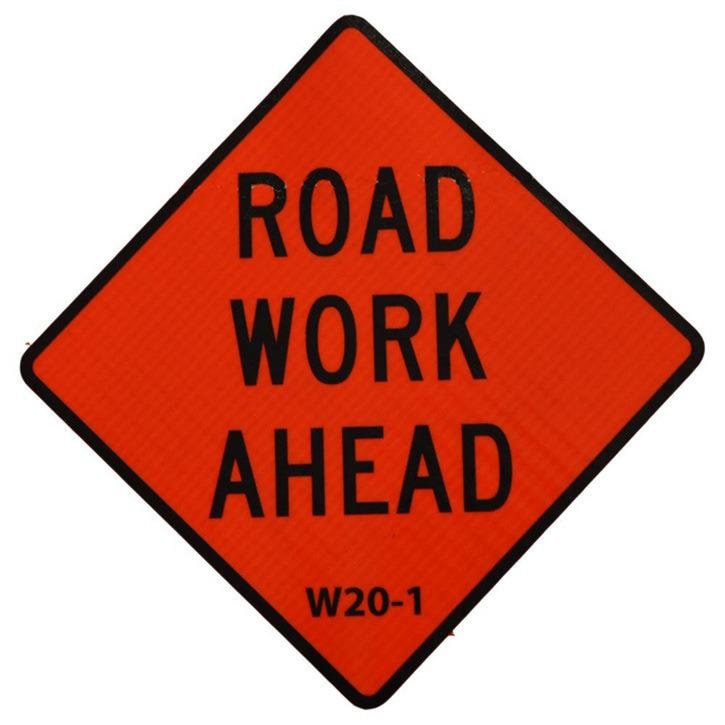Eight years ago the City of Terrace took the progressive step of designing and beginning the implementation of its long-term sustainability strategy. City officials and community members, supported by a consulting group prepared a report called Terrace 2050, which outlines a systematic plan to transform Terrace into a fully sustainable community within 33 years.
‘Sustainability’ is one of those ‘feel good’ words like ‘freedom’ or ‘democracy’ – words that suggest ideal states but that are rarely attained in forms that live up to their advertising. It is also a term that is extremely general in its definition but which can be applied in dozens of specific areas and directions.
Complicating Terrace 2050 is that no one person or organization is responsible for the plan as a whole. Rather it involves various organizations and individuals, in public and private roles.
The municipality itself is central to the plan’s implementation and evolution, but much of the heavy lifting will be shared by the population as a whole. With luck, the aphorism that ‘many hands make light work’ will apply to its successful accomplishment.
Eight years have already passed since the report’s publication. It seems prudent to consider what progress has been made.
Terrace 2050 outlines nine strategic directions for community attention. ‘Nature & Outdoor Pursuit’ and ‘Accessible Recreation’ are high on the list, highlighting the opportunities offered by our wilderness setting, the mountainous and riverine landscape that surrounds us.
More pragmatically, perhaps, the plan addresses ‘Re-localized Food Systems,’ ‘Water, Energy & Infrastructure Security,’ and an ‘Integrated & Active Transportation Network.’ ‘Compact & Complete Neighbourhoods’ supported by a ‘Diversified & Co-ordinated Economy’ that produces ‘Zero Waste’ also focus on utility and efficiency.
Finally, to balance the values of outdoor recreation, a section is devoted to a ‘Visible and Vibrant Art & Culture’ community.
The plan’s authors fully understood that “the ability to have a healthy and peaceful life relies on the means to afford it.”
Investments in both money and cooperatively applied energy will be needed to move forward. Some goals may need attention before others, or may require more sizable investments.
Re-localizing the food support network may be simultaneously the most important and the most challenging goal. Current food storage for grocery markets supplies enough sustenance for less than a week!
We dangle at the end of a long, global distribution network that is equally noteworthy both for its magnificent successes (diverse plenitude at affordable prices, for the most part) and its transparent fragility (the potential for interrupted supply at numerous points en route, from droughts and floods in California to potentially unpredictable transport and storage problems).
Terrace’s improved waste removal system (not without its critics) now includes long-awaited recycling components, surely a progressive step.
Our economy still seems to rely on boom/bust cycles, amplified by industrial fixation on unsustainable resource extraction of one form or another (the declining forestry component, and the wild west hype regarding LNG and other forms of hydrocarbon distribution).
We have plenty of electric power (although reliance on BC Hydro’s questionable investments in Site C and run-of-river power are likely to hammer us with ongoing rate increases for the foreseeable future).
Terrace’s grid of downtown and residential streets is falling apart faster than we can repair/replace it.
Built during boom years, it is now in rough shape, and its maintenance could probably gobble up most of the city budget, itself a fiscal compromise that faces demands from many areas.
Terrace’s Official Community Plan (OCP) is intended to reflect the goals of Terrace 2050. The OCP is updated on a regular basis, and it endeavours to address transportation needs, parks maintenance, encouragement of economic development and tourism, and development of suitable housing options for homeless and/or indigent citizens.
While it is often all too easy to criticize our city council and staff, or our business and professional communities for their perceived shortcomings, when one examines the complexity of the issues we are facing as a community (from the short-term pains of individual homelessness to the long-term challenges of climate change and its attendant disruptions) we’re not doing badly. The key to success is not to lose sight of our goals.
Find Terrace 2050 at http://www.terrace.ca/business-development/sustainability-planning.
Retired English teacher Al Lehmann lives in Terrace, B.C.
